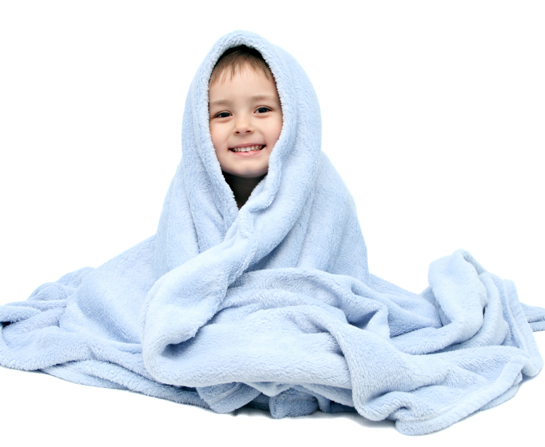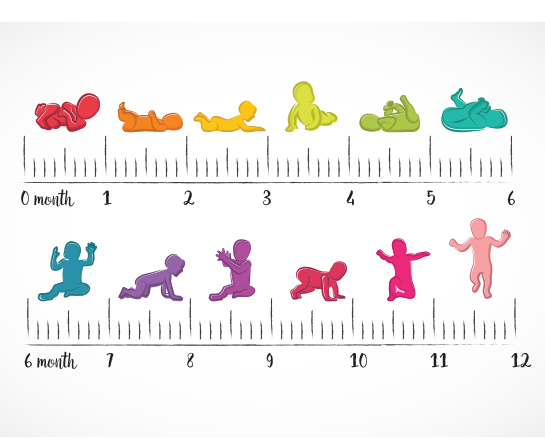Have you seen a kid walk into a restaurant with a little bolster tightly clamped in his arm, and wondered why his mum would let her child hold on to it when it was not even bedtime? Have you seen a kid in an amusement park, enjoying herself in the ball pit with a blanket stuck to her tiny mouth? Well, these little items we often see children lug around are known as security blankets. The term security blanket is defined as a comfort item a child is attached to.
If you are a Peanuts comics fan, you would have seen how attached Linus Van Pelt is to his blue blanket and how his blanket plays a big role in his life. Well, in reality, that’s pretty much how a child sees their comfort item – a BIG DEAL!
WHAT’S THE BIG DEAL ABOUT A BLANKET?
Your child’s “smelly blanket” is just one example of comfort items, items that children cling on to to a degree that may puzzle their parents. Comfort items can be anything a child discover an attachment to, but the most common item has to be the pacifier. Other common comfort items are soft blankets, handkerchiefs or hand towels, stuffed toys, dolls, or soft pillows.
There are also kids who get attached to certain body parts of their loved ones, especially their mother. Parts that are appealing to them are earlobes, face, and arms and to a really odd extent, even the moles and stretch marks on their mother’s body can be a source of comfort for a child as they strum their little fingers on it.
IS MY CHILD “WEIRD” FOR WANTING A COMFORT ITEM?
Not at all. According to the American Academy of Paediatrics, the longing for a comfort item does not denote insecurity or weakness in a child; in fact, this carefully selected item embodies things that the child finds positive and comforting, such as his room’s scent or his mother’s soft touch. It acts as a coping mechanism for those moments when Mommy and Daddy cannot be by their side. It is their bosom-buddy, their confidant!
These comfort items provide emotional support, helping children cope as they transition to independence. It is a natural part of growing up. They usually pick their comfort item between 8-12 months old and continue to hold on to them for several years. Some children stay attached to the item right up to 9 years old or more before feeling absolutely secure without it (or too embarrassed to be seen with it in public!).
The degree of need for a comfort item also varies from one kid to another. Some constantly have to hold on to it, dragging it everywhere, while others want it by their side only at specific times such as eating, bedtime or travelling.
PARENTS AND THEIR CHILD’S COMFORT ITEM
While it’s all adorable seeing your child dragging their blankie around the house, there are some important pointers we should consider to ensure their safety isn’t compromised.
- Presenting a choice
Since the selection of the comfort item is made naturally by the child from the things they come in contact with, at all times, parents should be cautious of what they surround their child with in the cot or playpen.
These objects should have qualities that can sooth the senses, e.g. soft fabrics such as fleece and satin. Avoid hard and small objects as a child may swallow them and choke– though this may sound too obvious an advice, many parents do over look this and have ended up rushing their kid to the emergency room
Be sure the items are not made with carcinogenic colouring and are safe for the child to put in their mouth (yes, sucking is a child’s primal way to de-stress), therefore purchase the items from trusted brands in the market.
- Cleanliness is next to Godliness
ALWAYS, ALWAYS, make sure that your child’s comfort item is clean and free from germs. Wash it as frequently as possible with a baby-safe detergent. The last thing the child needs is to be hugging a ‘petri dish’ of infectious germs! If your child is reluctant to part with the comfort item, you can try exchanging the item with a similar one that is clean so the other gets a wash. Or do a quick wash and dry when the child is asleep. Suggesting bath time with the comfort toy is another option if faced with a temper tantrum – it can also be a fun way to get the child to learn the importance of cleanliness.
IT HURTS TO BE SEPARATED
Parting is such sweet sorrow, literally for a child and their comfort item, therefore do not attempt to just force your child to part from their comfort item before they are ready to do so, even if they have grown to being a preschooler with it.
Remember the reason why they cling on to such an item is to help them cope with anxieties; therefore threatening or shaming them won’t stop their need for the item.
However, there may be moments when you may feel the need to intervene, such as when your child’s need for the comfort item affects their interactions with other children during school. When this happens, there are some things you can do to lessen the blow as you try to wean your child off the comfort item.
- Take a positive, assuring approach so they can trust you when you tell them they can be without it. Talk to them and explain why the time apart is necessary – now that they are older, comprehension should come more easily.
- Teaching the child to self-calm through singing, dancing, or talking to a trusted friend in school.
- Also, assure the child that their comfort item will be waiting for them once they come home by having them place the item in their favourite spot at home or in the car, or in the hands of another sibling or Granny for safe-keeping.
Soon enough, you’ll discover that the “Lovey” they’ve lugged around from cot to classroom will eventually be a distant memory or a memorabilia tucked away in their closet.
References:
Baby Center. Available at www.community.babycenter.com
Baby Sense. Available at www.babysense.com
LiveStrong. Available at www.livestrong.com
Popsugar. Available at www.popsugar.com
SelfGrowth.com. Available at www.selfgrowth.co











